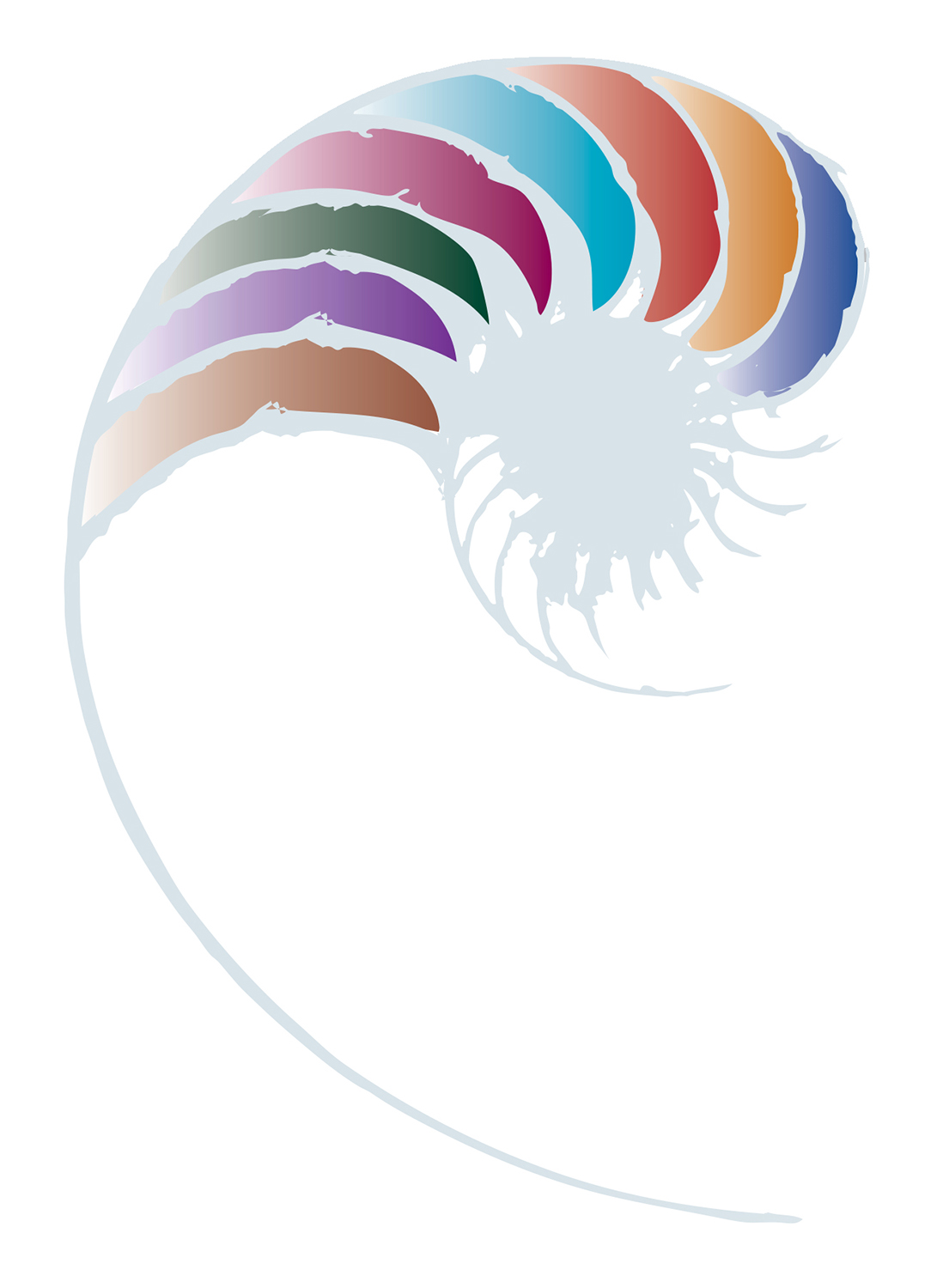Ngā rautaki reo whakaahua
Descriptive language strategies
This resource outlines specific strategies that you can use to foster children's language development. This resource is part of the Talking together, Te kōrerorero suite of resources. See the resource carousel below for more.

Language is learned most effectively when it is built into times you naturally spend together with children, rather than setting aside special teaching times.
Use meaningful activities as the focus of communication:
- a shared interest
- a care ritual
- a play situation.
While almost any interaction you initiate is better than none, there are specific strategies that you can use to foster children’s language. Making these responses part of your teaching kete and using them daily is an element of being an intentional teacher.
Commenting
Describing
Adding language that describes what is happening will help children understand the world and later express their thoughts in new and more complex ways. In effective commenting, kaiako follow the child’s lead and talk about the things that are of interest to them at that moment.
For example, dressing to go outside: "Putting your jacket on. Your arm goes in the sleeve. Other arm in. Up goes the zip! You look nice and warm."
Self talk
When you are alongside children, talk about what you are doing as you are doing it.
For example, baking: “I’m sifting flour through the sieve very carefully. I'm shaking it left and right. Phew, my arm is getting tired.”
Parallel talk
You watch the action and describe it without expecting a response, as if you are a broadcaster.
For example, a kaiako is sitting alongside Ānaru and talks about his interests: “I can see Rāwiri running. Ooh watch out, that was close to the big boxes. He is clever at weaving around the swings." (Child waves) "Hi, Rāwiri. He tino tere ia, he is really fast.”
Interpreting
Adding language to match the intention of a child’s message (actions, gestures, and sounds) is a powerful way to connect with children and foster their learning and development in oral language. Say it as they would if they could.
For example, a child looks at you, points out the window and says, "Ba."
The kaiako interprets, "A bird. Oh wow, a tūī landed on our tree."
Modelling
Repeating sounds or words with correct pronunciation, directly after the child has spoken, so they can hear your model. There is no expectation that they have to repeat sounds or words.
For example, a child says, "Turn da tey, open da door."
The kaiako uses positive speech modelling, "Yes, turn the key and open the door."
Adding words to what a child has just said is a way to increase vocabulary and grow the complexity of ideas or sentence types in their oral language.
For example, a child says, "Look at my dog."
The kaiako says, "Your dog looks friendly. You've drawn a long, waggy tail."
Fading support
Gradually reduce scaffolding, such as modelling, commenting, and offering suggestions, to help children grow their capabilities in social communication, especially in peer-to-peer interactions.

Story of practice: Modelling te reo Māori use
Kaiako at an early learning service use some particular teaching strategies to embed kupu hōu for everyday talk. Making a point of introducing and using modifiers is one of these strategies. For example, adding the modifier “tino” to “He tere koe” – “He tino tere koe” / “You’re really fast”. However, it is not just the kupu hōu they focus on. It’s also the way these are emphasised with rising intonation, facial expression, and body language. These all help to make the kupu hōu stick and fun to learn.
Another teaching strategy is to share a familiar kēmu/game for tamariki, such as Simon says, in te reo Māori. “I kī a Emily e noho”, “I kī a Emily, kanikani”, "I kī a Emily, menemene”, provides not just kupu hōu, but also a grammatical structure “I kī a” that help tamariki to form sentences they use in other contexts. In this strategy, regular repetition is really important to tamariki – first receptive language (understanding), then expressive (speaking) te reo Māori.
Weitzman E., & Greenberg, J. (2002). 2nd ed. Learning language and loving It: A guide to promoting children’s social, language and literacy development in early childhood settings. Toronto: The Hanen Centre. pp. 76-90.
About this resource
This section from Te kōrerorero Talking together provides guidance for kaiako about specific strategies that can help foster the language development of children. See the resource carousel above for more.



